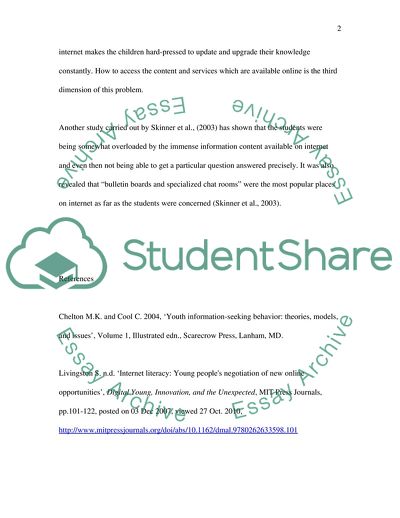Cite this document
(Revolution on the Internet Assignment Example | Topics and Well Written Essays - 2000 words, n.d.)
Revolution on the Internet Assignment Example | Topics and Well Written Essays - 2000 words. Retrieved from https://studentshare.org/information-technology/1743581-ict-in-society
Revolution on the Internet Assignment Example | Topics and Well Written Essays - 2000 words. Retrieved from https://studentshare.org/information-technology/1743581-ict-in-society
(Revolution on the Internet Assignment Example | Topics and Well Written Essays - 2000 Words)
Revolution on the Internet Assignment Example | Topics and Well Written Essays - 2000 Words. https://studentshare.org/information-technology/1743581-ict-in-society.
Revolution on the Internet Assignment Example | Topics and Well Written Essays - 2000 Words. https://studentshare.org/information-technology/1743581-ict-in-society.
“Revolution on the Internet Assignment Example | Topics and Well Written Essays - 2000 Words”. https://studentshare.org/information-technology/1743581-ict-in-society.


